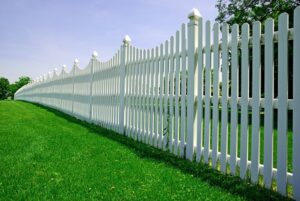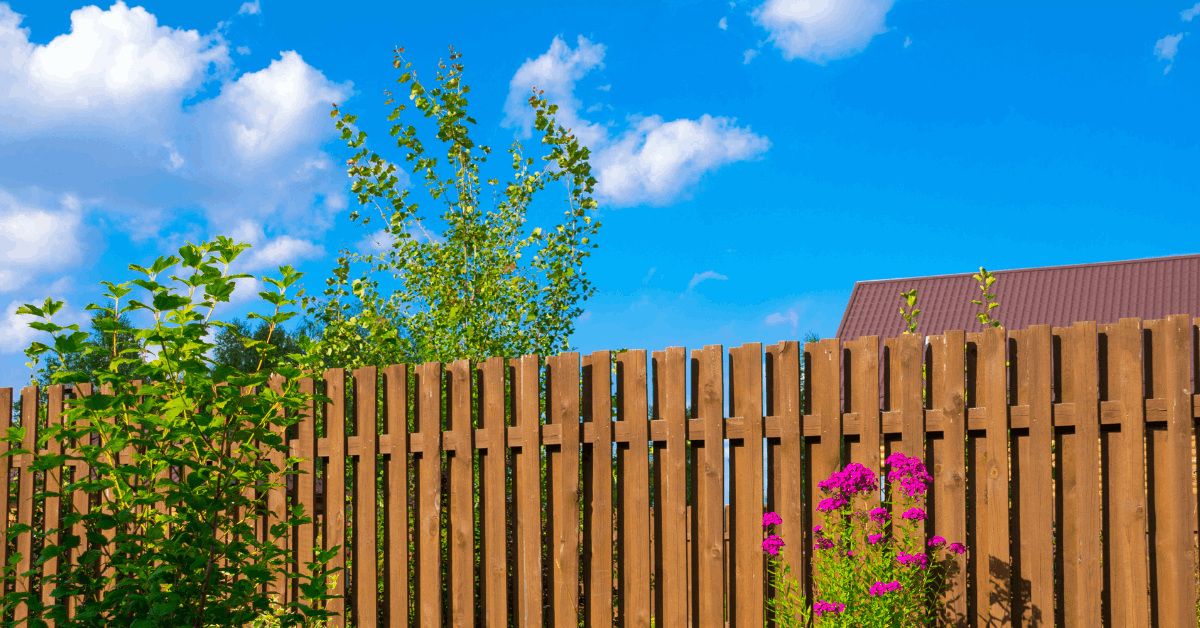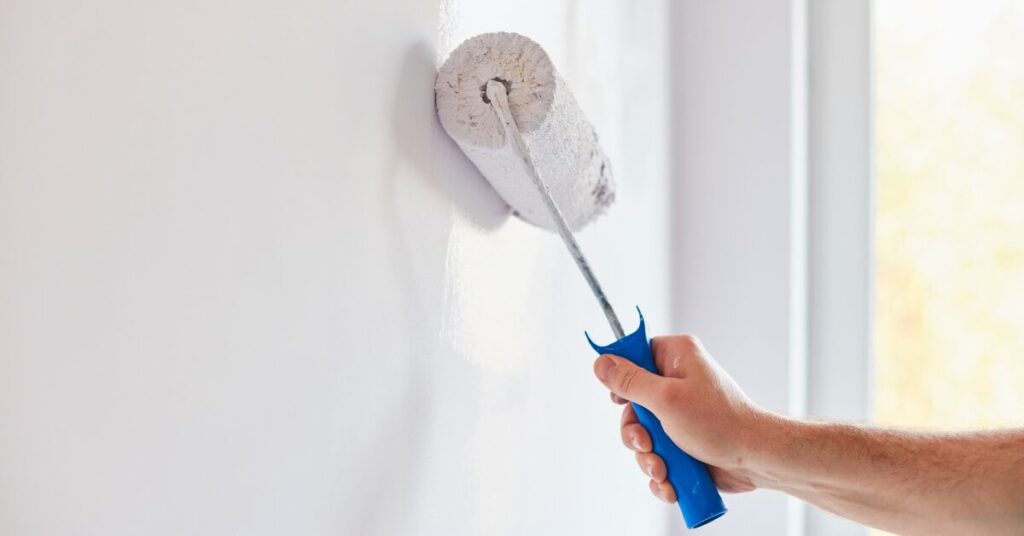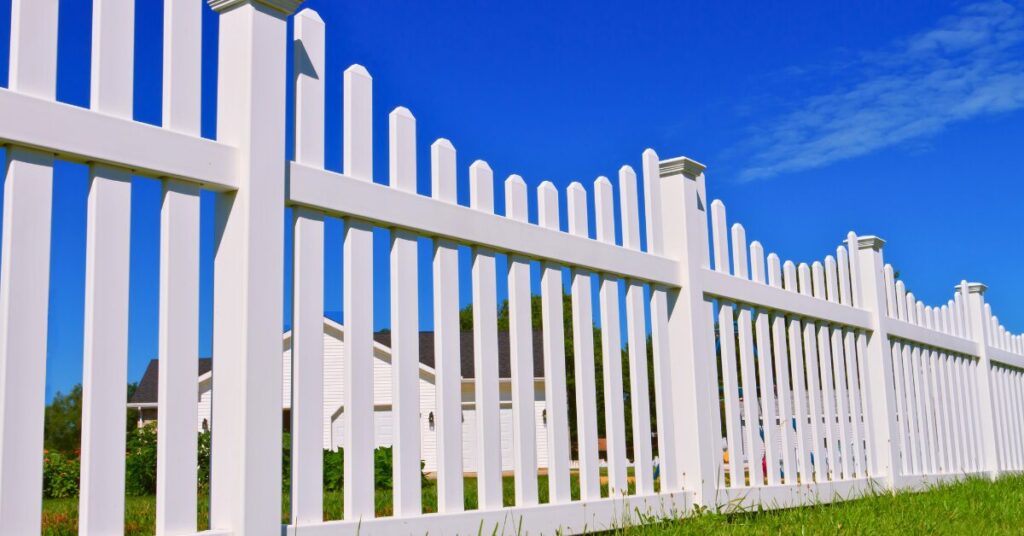
 Natural, paint, or stain: which style is best for your fence?
Natural, paint, or stain: which style is best for your fence?So here you are with a brand new fence, and all that is left to be done is to decide how to finish it. When finishing a fence, there are three routes that can be taken: keep it natural, paint it, or stain it. All three options have their trade-offs, so we are going to help you figure out what finish is right for you!
Natural
Perhaps you like your fence just the way it is. There is nothing wrong with keeping it pure and simple. The leaving-it-natural approach also requires the least effort on your end with regards to maintaining it. The drawback is that when you leave your fence natural, you leave it vulnerable to the equally-natural environment around it, and this can result in your fence getting worn down over time.
If you are not concerned about your fence being worn down by the elements, the natural look could be the ideal solution for you. You might even prefer the rustic look on your fence, letting it age to perfection.
Even if you end up wanting to do away with the aged look of your fence, a simple power wash or pressure wash can breathe new life into it, making your fence like new again.
Painting
Painting your fence is another route you can take as a finish. Keep in mind that, contrary to the keep-it-natural option, painting a fence takes quite a bit of effort to maintain. This is because painting a fence demands that you apply the paint to your fence, and this paint won’t last forever. You should expect to repaint your fence every one to three years since the paint will begin to crack and peel.
Repainting the fence is no simple task either. When you repaint your fence, you will also need to scrape the existing paint off it, then prep the surface for a new layer of paint before finally applying it. It can become a tedious task, not to mention costly.
On the upside, paint won’t wear down as easily against the elements of nature, and you can choose from a wide range of colors. But if you’re looking for the classic look of a white picket fence, there are other avenues available, such as going with a white vinyl picket fence. Vinyl doesn’t require painting or staining to keep its look, just an occasional cleaning. Another option is to go with a white stain, which we will be looking into now.
Staining
Stain is usually more popular than paint when considering how to finish a fence. While it does cost more initially, you won’t be required to re-stain your fence nearly as often as you would with paint. Stains also don’t peel or crack, so when you need to re-stain, it won’t be as much of a hassle as it would be when repainting. Instead of having to scrape and peel excess paint from your fence, a restaining only asks that you power wash it or use a deck cleaner before staining again.
When staining your fence, there are a large range of options from which to choose. You can go with a solid stain that can help keep a classic “white picket” look.There are also plenty of semi-transparent stains available if you love your fence already, and only seek to preserve it. There are even clear stains that are only used to help waterproof your fence.
Which Style is Right for You?
All three options have their benefits, so there is no wrong choice. Just remember to consider the time and costs needed for whatever finish you choose, and think about what could make your fence the perfect one for your home. Contact us today if you’re interested and remember to follow us on Facebook, Twitter, and Pinterest to see what we’re up to.

Customer Testimonials
We could talk all day about the happy homeowners we’ve provided renovations for, but the real measure of merit lies in customer reviews. See what people are saying about Albaugh & Sons.



















